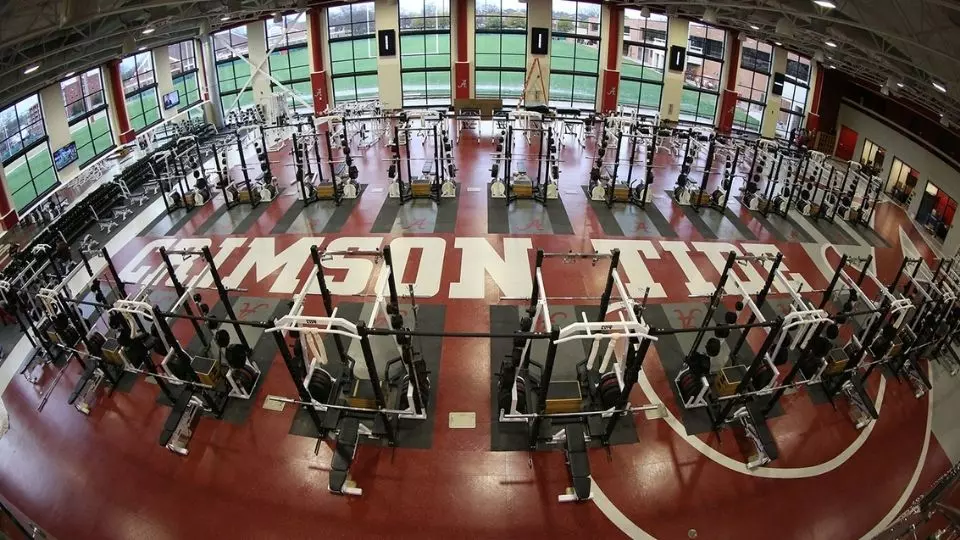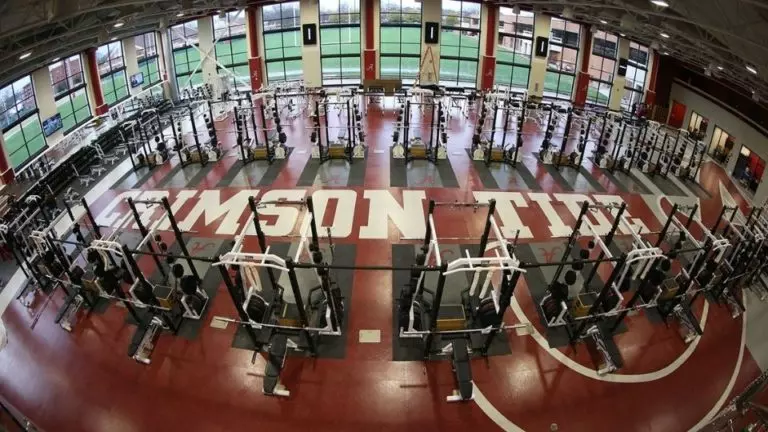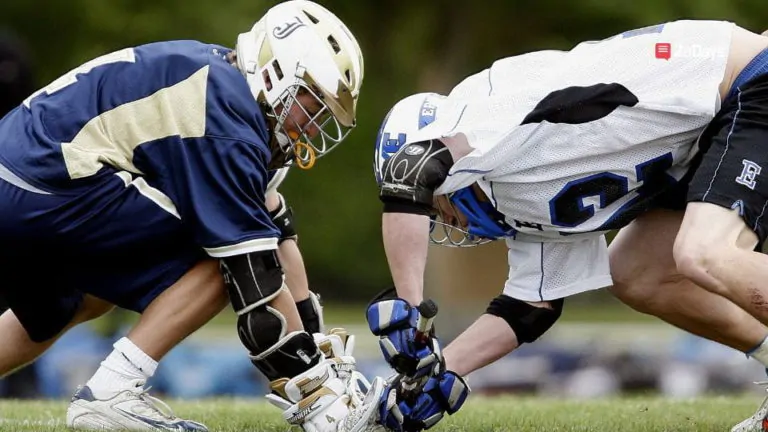When someone mentions NCAA DI athletics facilities, what do you picture? Is it the University of Alabama's weight room? The newly completed University of Oregon world-class track? Undoubtedly, the perception is that Division I automatically guarantees great facilities. The reality? There are way more factors involved in the making of great athletic facilities than school just being DI.
Related: Rate your Coaches, Facilities and Campus Visits
Why is this important, though? Isn't it great to play your sport at the Division I level regardless of the facilities? While enjoyment of the game is certainly a large part of the equation, playing a sport at the DI1 level entails more than just competition and label. Athletic facilities become a second home, with treatment, studying, lifting, practicing, eating and competing happening within the walls. A student-athlete can spend upwards of forty hours a week in these facilities. If you are considering a school, take into perspective how you will feel spending every day in the athletic facilities.
Related: What Makes a School Division I?
So, what are these differences? Sure, you have SEC school caliber facilities, but what about those less well-known Division I schools that do not have a weight room dedicated to only the football team? In fact, it is common for college athletes to share gym facilities with other teams, and the regular student body, even at the Division I level. There are a whole host of factors that go into the athletic facilities at a school, but it primarily boils down to three factors: football, donors, and space. Let's break down these reasons.
1. Football
College football, especially teams in notable conferences rake in an unbelievable amount of revenue over the season. The top 6 teams gross over $100 million for their athletic departments every year, and the top 15 teams are all above $84 million. So, how does this benefit the rest of the student body?
Title IX is extremely important in this sense. When applied to athletics, Title IX states: “Title IX requires the equal treatment of female and male student-athletes in the provisions of: (a) equipment and supplies; (b) scheduling of games and practice times; (c) travel and daily allowance/per diem; (d) access to tutoring; (e) coaching, (f) locker rooms, practice and competitive facilities; (g) medical and training facilities and services; (h) housing and dining facilities and services; (i) publicity and promotions; (j) support services; and (k) recruitment of student-athletes”. All in all, this means that the benefits reaped by the football team must, in some way, be available to other student-athletes.
Related: What is Title IX?
Notably included in this list of benefits are facilities! Ameena Benselloum, a former University of Alabama student-athlete details her experience with this, saying: “Coming from a big SEC football school, every sport reaps benefits from the revenue football generates. One of the huge selling points of being an athlete at a school like that is the amazing facilities. From the weight room to the locker rooms, to the athletic dining hall, to the track (in my case): everything is state of the art.”
2. Funding
This may seem obvious, but the funding available to the school you are considering greatly affects how much money can be put into the athletic facilities. Look at whether your institution is public or private and if it has a history of generous donors or not. These are some indicators of why facilities are different.
Donors: First, let's talk about donors. In 2013, Phil Knight donated the Hatfield-Dowlin Complex, a football center valued at over $95 million, to his alma mater, the University of Oregon. A well-known Division I school might have more of these donors that can make large contributions while a smaller DI school not known for athletics may struggle to get even basic alumni donations for athletics.
While DI schools likely get the most attention and donations, this is not always the case. Oregon Tech, a small NAIA school, was able to completely redo their softball stadium thanks to generous donations from local fans. Make sure to visit campuses and athletic facilities because DI doesn't always mean the best facilities.
Related: Vassar College Athletic Facilities
Tuition: As a standard way of operating, tuition gets allocated towards athletics. For most Division I schools, this covers basic facilities, which is why most schools have some basic continuity between facilities.
State Funding: For state schools, funding can sometimes come from the state itself. The University of Maryland received state funding to build its field house, in addition to hikes in tuition.
Long story short: money talks, especially in college athletics. If you are looking at a school with great facilities, they probably have stable financial resources. If the facilities don't seem as nice, less funding may be allocated to athletics. Keep in mind that this will carry over to the rest of your athletic experience: how much gear is provided, what hotels you stay at, your meal stipend, etc. On recruiting trips, keep an eye out. See what academic buildings are like versus athletic. Look for names on buildings (donors?). Little clues hide everywhere. You could even just ask!
Related: 37 Questions to Ask College Coaches Before You Commit
3. Space
This might be obvious too, but a school's location can either inhibit or enable great athletic facilities. Wondering why there is no practice field or court? Maybe the school is in an urban area, where property is at a premium. On the other hand, maybe the school is Texas A&M, a land grant university, where there is no shortage of space.
At The George Washington University, Ameena Benselloum comments on this issue: I think one of the issues at GW is the lack of space, being that the school is in the heart of the city; everything is much smaller. The locker rooms are crammed, the weight room is relatively small, they don't have their own track, [and] there is limited space for teams to meet.”
This is an issue that many city schools face, with no capabilities to expand due to limited space. This is important to consider. Your perception of a DI facility might be that of a state school, with a sprawling campus, but every school is different.
The Bottom Line
Don't think that every weight room will look like Alabama's, or that being a DI athlete means a pro-level locker room. Have an open mind when it comes to facilities. You will spend a lot of time in these places, but time is what you make of it.
In the end, a facility is not what makes a good athlete, you do that yourself.
Have an idea for a story or a question you need answered? Want to set up an interview with us? Email us at [email protected]
* Originally published on January 20, 2022, by Olivia Horgan







